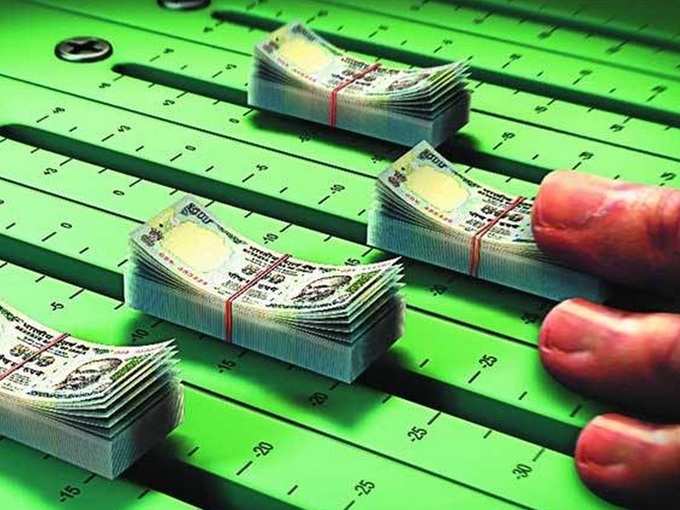
The recent move by
One may wonder what actually base year revision is and how it differs from annual revisions. Well, in case of annual revisions, while changes are made on the basis of updated data, no changes are made in the conceptual framework; this allows the year under analysis to be strictly compared with the previous ones. In the case of base year revision, in addition to measuring growth compared with the base year, conceptual changes as per international guidelines are incorporated. This means that the 6.9% growth measured by the revised approach is not comparable with the 4.7 % arrived at previously. Therefore, the new method throwing up fresh GDP numbers doesn’t mean that the economic growth actually accelerated last year.
The second major feature of the new approach— recommended by the United Nations System of National Accounts (UNSNA) in 2008 (the US body had suggested revision of the base year of all economic indices every five years)—is that CSO will start measuring the country’s economic growth by gross value-added (GVA) at basic prices, replacing the practice of measuring it by GDP at factor cost.
The new method reduces the gap between the way the country calculates GDP and the methodology used by the International Monetary Fund and makes India’s GDP growth numbers comparable with that of developed nations.
The change in base year results in a surge in the size of the country’s economy in 2013-14 to Rs 111.7 trillion against the earlier estimate of Rs105.4 trillion.
As per the new method, the economy is estimated to have grown at 7.4% for the fiscal year 2014-15 ending in March while growth surged to 7.5% in the third quarter ended December 31, 2014 over the year-ago period. As per revised estimates, India has surged ahead of China which is estimated to have grown its GDP by 7.3% in the last quarter of 2014.
The new method and the resultant changes in growth numbers will give a leg-up to Prime Minister
(Image: BCCL)
